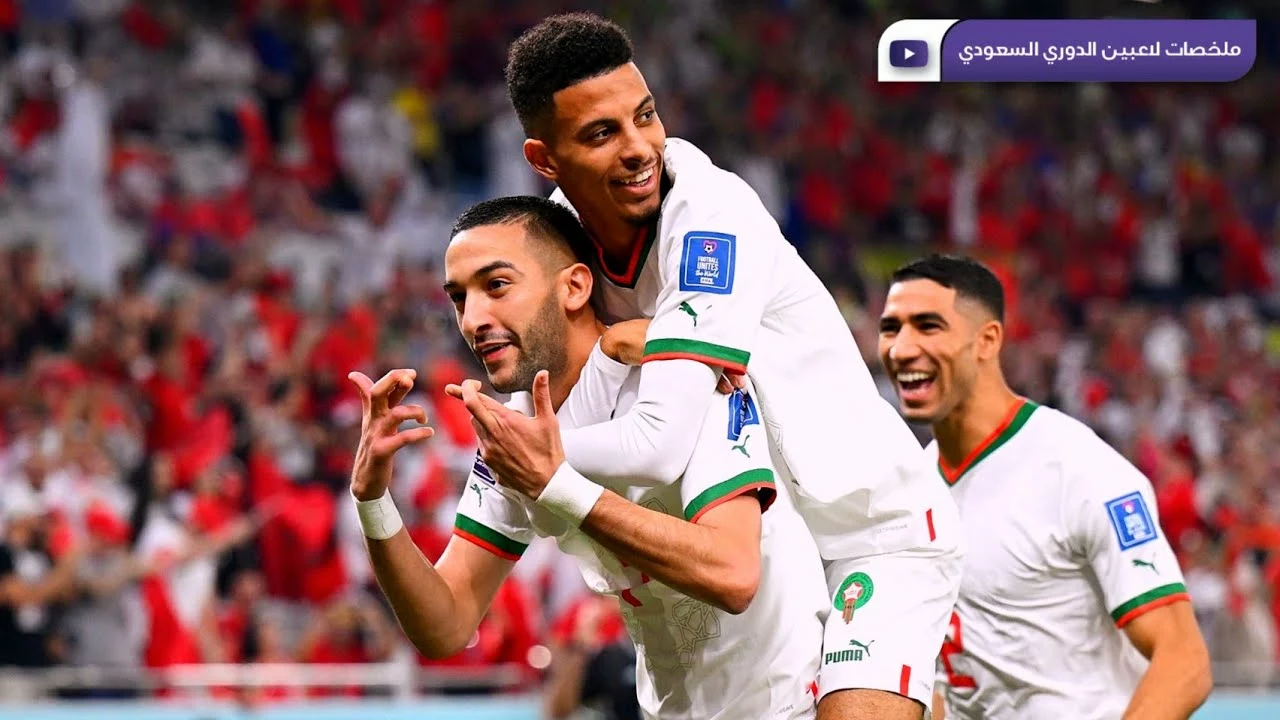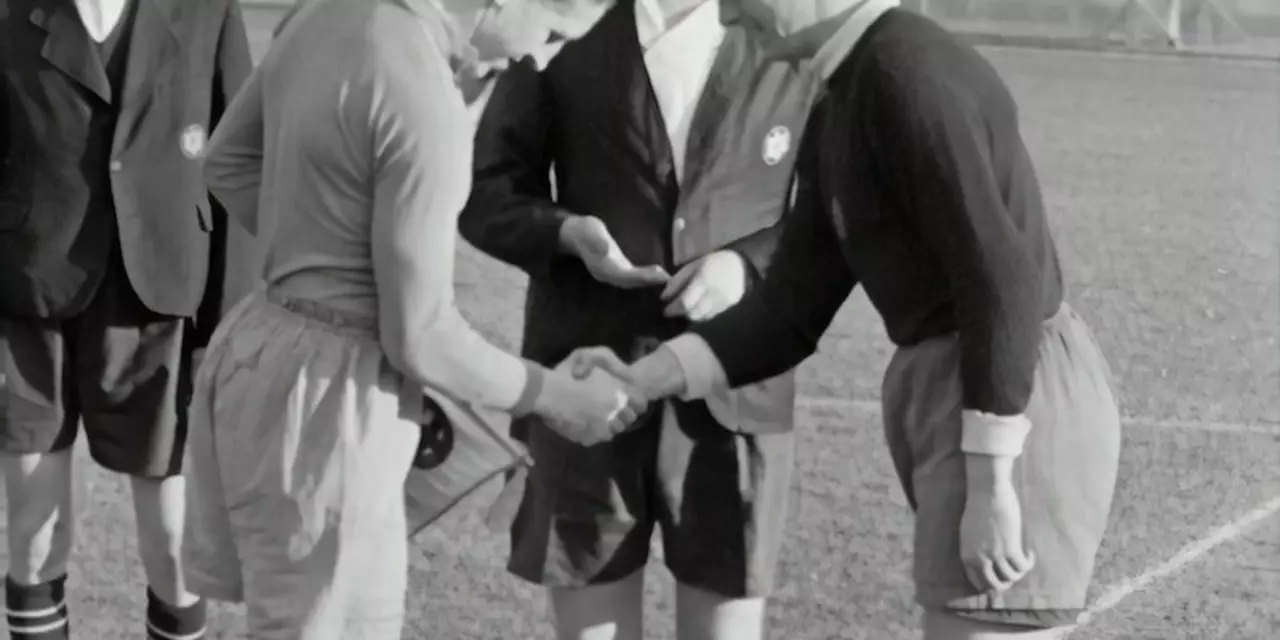Football – All the Latest Stories
When talking about Football, the world’s most popular team sport, played with a spherical ball on a rectangular pitch. Also known as soccer, it brings together fans, players and cultures across continents. Football is more than a game; it’s a mix of skill, strategy and passion that fuels stadium chants and backyard kick‑abouts alike. The sport requires physical fitness, tactical knowledge and the right equipment, which is why you’ll often see discussions about training drills, match analysis and gear upgrades in the same breath. In short, football sets the stage for everything from grassroots leagues to the biggest international tournaments.
Key Topics in Football
One role that defines the flow of a match is the midfielder, the player who links defense and attack, covering the most ground. Midfielders act as the team’s engine, often running 10‑12 kilometres per game, dictating tempo and creating chances. Their performance influences both defensive stability and offensive creativity, making the position a prime example of how football demands versatility. Another hot topic is the choice of footwear: football cleats, specialized shoes with studs designed for traction on grass or artificial turf are essential for quick cuts and stable footing. Using the right cleats can boost speed, reduce injury risk, and even affect how a player strikes the ball. Together, the midfielder’s workload and the cleats’ grip illustrate how skill and equipment intertwine to shape outcomes on the pitch.
Gear doesn’t stop at shoes. Fans and players alike care about the football jersey, the iconic shirt that displays a team’s colours, crest and sponsor logos. A jersey isn’t just for looks; modern fabrics help regulate body temperature, wick moisture and allow full range of motion. Whether you’re buying a replica for match day or a high‑performance kit for training, the jersey reflects club identity and can even boost morale. This link between apparel and performance shows how football culture spans on‑field tactics, off‑field fashion and the business of sport. From the historic blue kits of Italy to the growing market for affordable 2019 jerseys, the jersey conversation covers history, technology, and fan loyalty.
All these pieces—rules, positions, equipment, and apparel—create a rich tapestry that we explore through the articles below. You’ll find deep dives into why midfielders run the most, the pros and cons of using football cleats for soccer, the story behind the Italian blue jersey, and many more angles that bring the beautiful game to life. Keep scrolling to uncover the insights, stories and practical tips that every football fan should know.

What is the 2022 World Cup schedule?
As a sports enthusiast, I've been eagerly keeping tabs on the 2022 World Cup schedule. It's slated to kick off on November 21, 2022, a major shift from the traditional mid-year schedule due to Qatar's intense summer heat. The tournament will span over 28 days, concluding with the final match on December 18. For the first time, matches will be scheduled at compact intervals, aiming to offer maximum live football action to fans worldwide. It's going to be a unique experience, and I can't wait to see how it unfolds.

What do the position numbers mean in Football (soccer)?
Football, commonly known as Soccer, is a sport with two teams of 11 players each. Each team has a different set of positions with their own numbers associated with them. The numbers can vary depending on the formation of the team and the roles of the players. The most common positions are goalkeepers (1 and 12), defenders (2-5), midfielders (6-8) and forwards (9-11). Goalkeepers are responsible for preventing the ball from entering the goal, defenders for blocking and tackling, midfielders for passing and controlling the ball and forwards for scoring goals. The numbers associated with each position can help coaches and players to easily identify the roles of each player on the field.